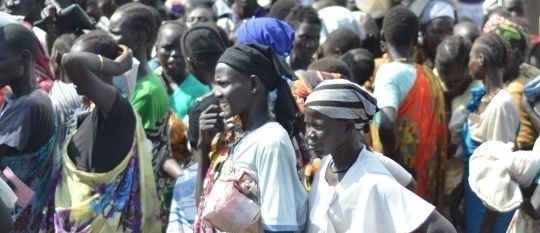UN Emergency Relief Coordinator Mark Lowcock on Monday released US$135 million from the Central Emergency Response Fund (CERF) to boost humanitarian operations in 12 countries in Africa, including South Sudan, the Americas, and the Middle East, a UN statement released yesterday said.
The announcement follows last week’s release of data, which show that more than 350,000 people are experiencing famine conditions in Ethiopia’s Tigray region and that the threat of famine looms in Burkina Faso, southern Madagascar, northeast Nigeria, South Sudan, and Yemen.
“The funding will be distributed among relief organizations in Syria ($20 million); the Democratic Republic of the Congo ($20 million); and Ethiopia, with a focus on Tigray ($13 million). Aid operations in Afghanistan, Nigeria, and South Sudan will each receive $11 million,” the statement read in part.
According to the UN, the remainder of the funding will go to Madagascar ($8 million); Venezuela ($7 million); Chad ($7 million); Burkina Faso ($7 million); Cameroon ($5 million); and Mozambique ($5 million). A further $10 million will be directed to a range of projects that focus on programming for persons with disabilities.
Lowcock said, “Famine is rearing its ugly head in several places right now, so there is no time to waste. This CERF allocation could mean the difference between life and death for millions of people who rely on aid to survive. It will provide essentials such as clean water, shelter, and food for the people who need it most, at their time of greatest need.”
“Humanitarian needs continue to outpace humanitarian funding, and not all humanitarian crises are given equal attention or money. More than ever, CERF funding is a vital tool in redressing that imbalance and making sure critical aid work can continue, everywhere,” he added.
The UN says CERF is one of the fastest and smartest ways to help people affected by crises.
“The fund enables timely, effective, and life-saving humanitarian action by UN agencies and others to kick-start or reinforce emergency response anywhere required. Allocation decisions for underfunded emergencies are based on detailed analysis of more than 70 humanitarian indicators and wide consultation with stakeholders,” the release concluded.




